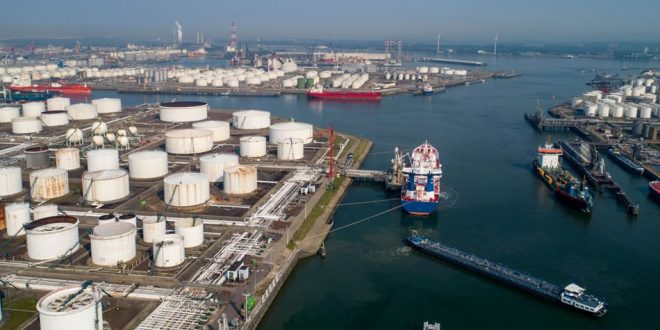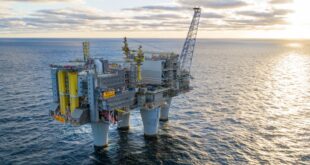LNG has the highest orderbook-to-fleet ratio of any shipping segment, and yet there’s plenty of analysts suggesting there’s room for far more newbuilds to be contracted soon with 2022 on course to break new records in terms of contracting with added impetus sparked by Russia’s invasion of Ukraine.
Data from Clarkson Research Services shows a total of 85 LNG carriers were ordered in 2021, of which 77 were above 40,000 cu m, with an estimated contract value of $16bn. This strong phase of investment has continued into 2022, with 43 vessels of $9bn contracted in the year to date, including a record 37 in Q1.
2022 is on course to break new records in terms of LNG carrier contracting
Since the start of 2021, the LNG sector has accounted for the largest spend on newbuilds of any shipping sector bar containerships. Boxships and gas carriers have made tanker and dry bulk ordering very limited at blue-chip yards for the coming three years.
“Firm LNG carrier contracting is expected to continue in the rest of 2022, supported by significant outstanding project requirements, most notably for Qatar’s major expansion project. Given the number of vessels already ordered so far this year, another year of record contracting looks likely,” Clarksons noted in its most recent weekly report.
LNG’s share of gas production could reach 17% in 2030, up from 12% in 2020. Clarksons is projecting the potential for LNG trade to grow by 5.5% per year to around 615m tonnes by 2030, up from an earlier 4.8% estimate.
“This growth is expected to drive significant additional LNG carrier requirements, while ordering is also likely to be supported by fleet renewal, particularly against a backdrop of new environmental regulations, with steam turbine vessels still accounting for 33% of fleet capacity,” Clarksons predicted.
The current LNG orderbook-to-fleet ratio stands at 33.3% in dwt terms according to Clarksons data.
Also providing recent detailed information on the global LNG fleet has been Italian broker, Banchero Costa. Japanese owners are the world’s leading owners of LNG carriers with 21%, followed by Greek owners on 16% and fast-growing China on 10%.
Other takeaways from recent Banchero Costa research into the global LNG fleet include the age profile of the gas carriers. 12% of the fleet is over 20 years old, 17% is 15-19 years old, 20% is 10-14 years old, 21% is five to nine years old, whilst 29% are less than five years old.
 Iran Energy News Oil, Gas, Petrochemical and Energy Field Specialized Channel
Iran Energy News Oil, Gas, Petrochemical and Energy Field Specialized Channel




